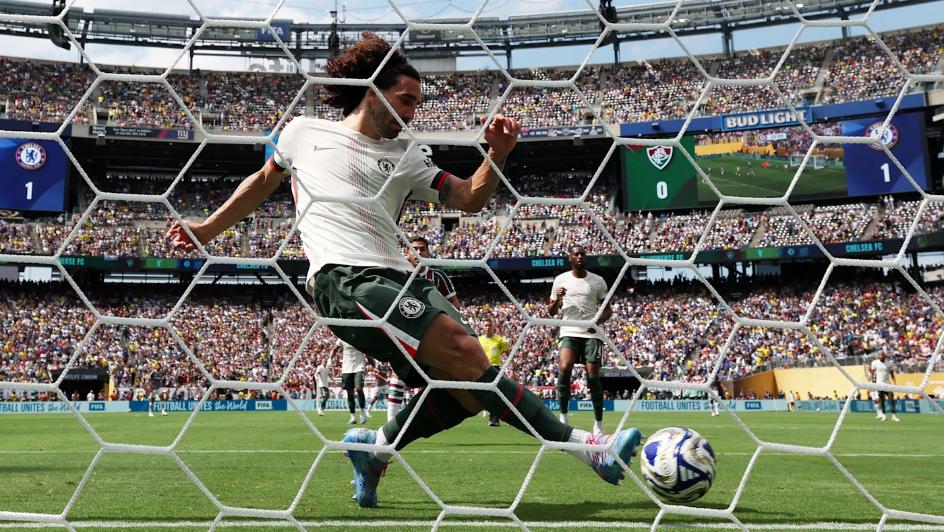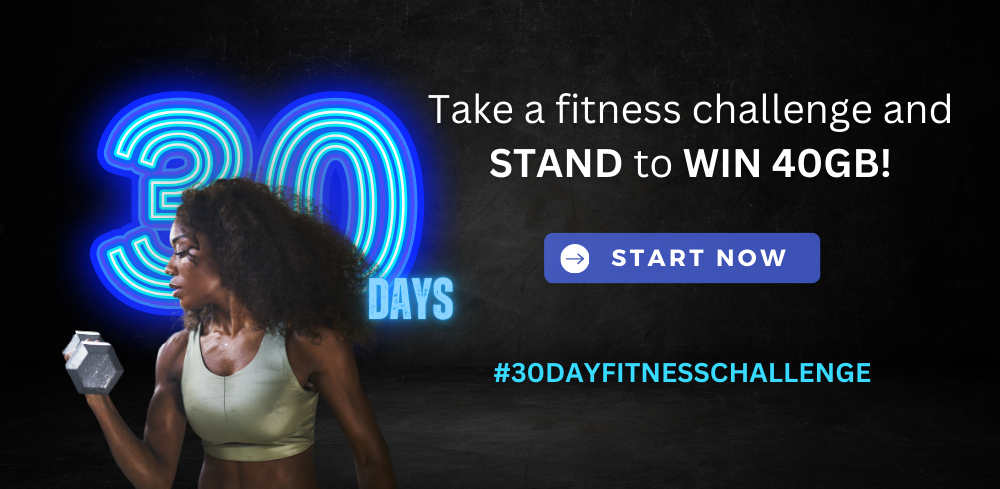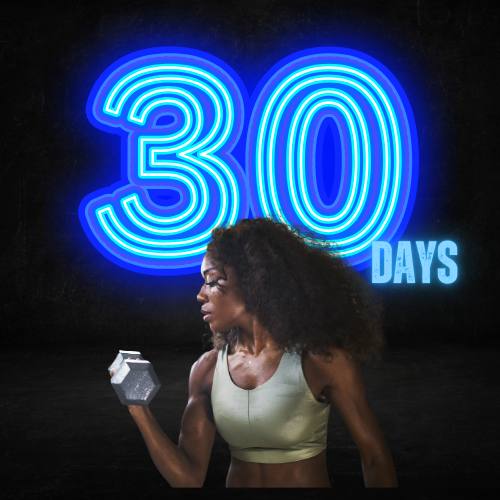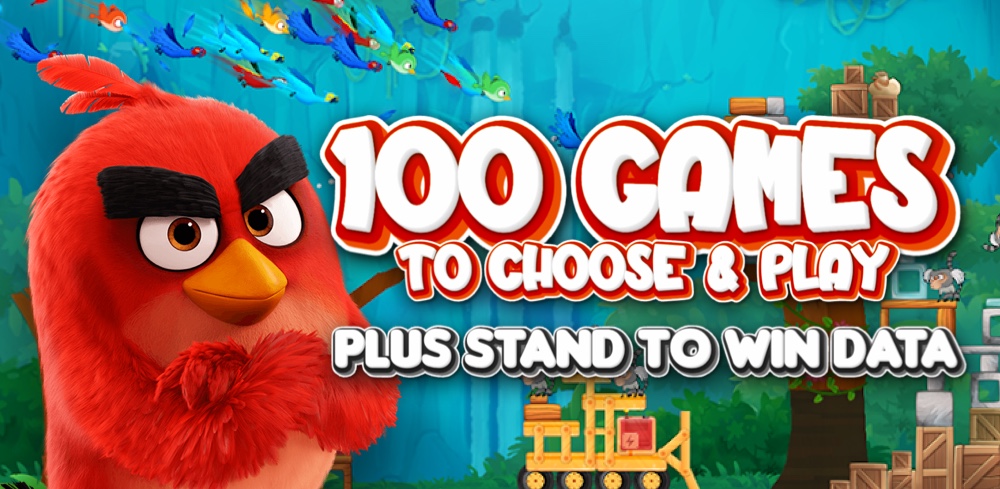Consumable QR Code Detects Fake Food, Medicine
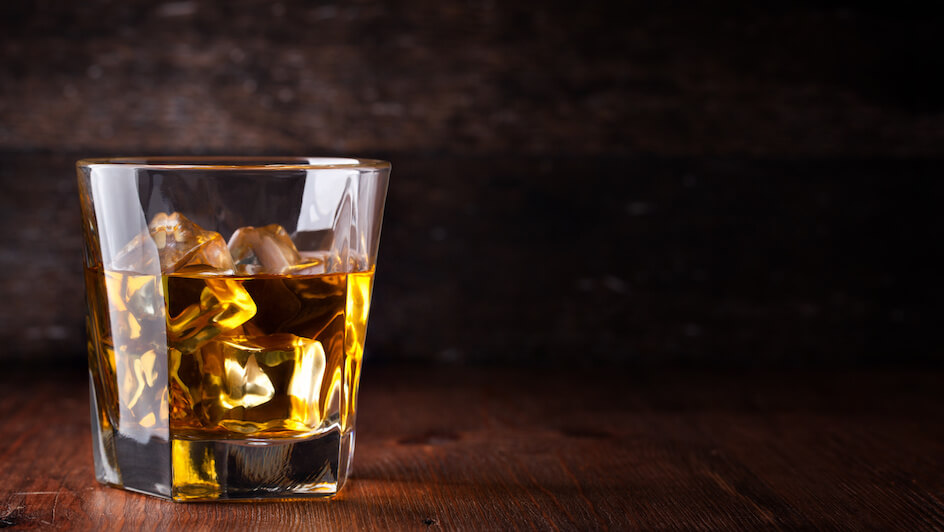
Picture it: you’re at the hospital receiving medication that will help with your ailment. Then, the doctor hits you with the bad news that the meds are not only fake, but it might also have adverse side-effects. Here’s where a specially-made QR code comes in handy.
New anti-counterfeit technology has been developed by an American team of researchers from Purdue University in West Lafayette, Indiana.
“Counterfeit items, such as medicines and alcohol, are big issues around the world. There are numerous examples of large amounts of fake medications sold throughout the world, which, in some instances, kill people,” says Professor Young Kim, head of the project.
Thus, an edible QR code, made from silk proteins, could act like an authenticity tag for food, alcohol and medications. The invisible code on the tiny tag could be read with an electronic device, or by simply shining a light on it, no matter the conditions.
As most liquid medicines are made with alcohol, not only does the silk tag determine if your scotch is actually from Scotland, for example, but it can also help validate that the medication is free from any harmful components.
The silk tags also do not affect the taste of the product – and can be swallowed – as Kim’s team tested the technology on various brands of whiskey over a 10-month period; they add an additional safety layer in an industry that often sees bogus goods peddled all over the globe.
According to reports, roughly 18% of adults in the United Kingdom have unwittingly purchased imitation alcoholic spirits.
Soon, we will all be able to sit back with a nice whiskey, safe in the knowledge that our drink is the real McCoy.






